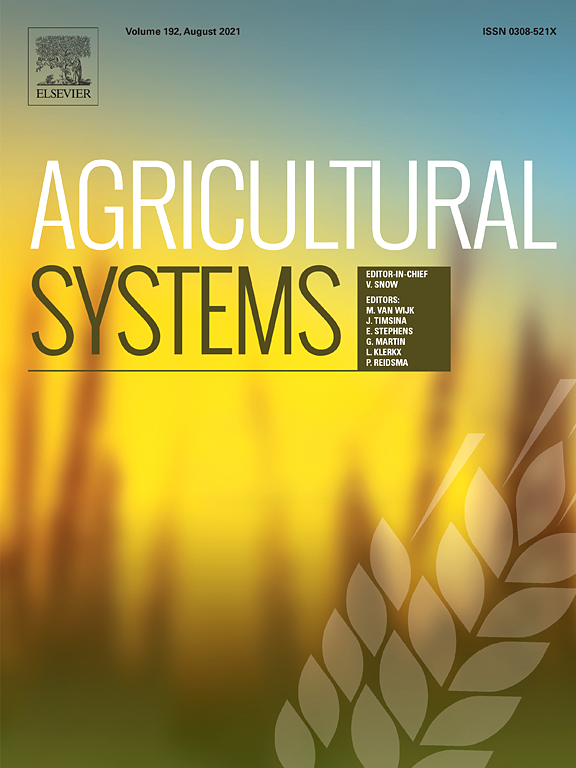Document type : Online pre-publication of scientific article in Agricultural Systems 1793:103217
Authors: Luuk S.M. Vissers, Alfons G.J.M. Oude Lansink, Helmut W. Saatkamp
Preview: CONTEXT: In response to societal concerns, the European Union set up goals to address the negative impact of intensive broiler production on animal welfare, the environment and human health.
OBJECTIVE: This paper aimed to 1) explore combinations of system changes that perform best in terms of farm income, animal welfare, emissions of ammonia (NH3) and particulate matter (PM10) and 2) are robust to changes in society's expectations relating to animal welfare and environmental sustainability.
METHODS: The prevailing system in the Dutch broiler market was used as a baseline for evaluating system changes. Animal welfare, NH3 emissions and PM10 emissions were the three external factors chosen for this evaluation. Farm income was quantified by the net return to labor and management (NRLM). Expert knowledge elicitation was used to identify system changes that were likely to be implemented in the baseline system. Combinations were made by selecting system changes from each of the chosen external factors. A deterministic model was used to calculate the effect of each combination of system changes on net return to labor and management. The performance of each combination was evaluated by estimating a benefit-of-the-doubt composite indicator.
RESULTS AND CONCLUSIONS: Results show that 8 out of 70 combinations indicated a better outcome and were more robust to potential changes in society's expectations relating to animal welfare and environmental sustainability. These combinations included two or more of the following system changes: 'lower density' (30 kg/m2), '2 types of enrichment', and 'daylight'. Furthermore, these combinations included 'tube heaters' for the abatement of NH3 emissions, and 'negative air ionization system' or 'ionization filter' for the abatement of PM10 emissions. To compensate for the decrease in NRLM associated with these practices and abatement techniques, a price premium was required that ranged between 4.8 and 18.5 eurocents/broiler. We conclude that combinations including animal welfare related system changes (lower density, enrichment and/or daylight), tube heaters and an ionization technique performed best and were robust to changes of societal expectations of these external factors.
SIGNIFICANCE: The insights obtained from this paper can support decision making in improving the sustainability of current broiler production systems.






